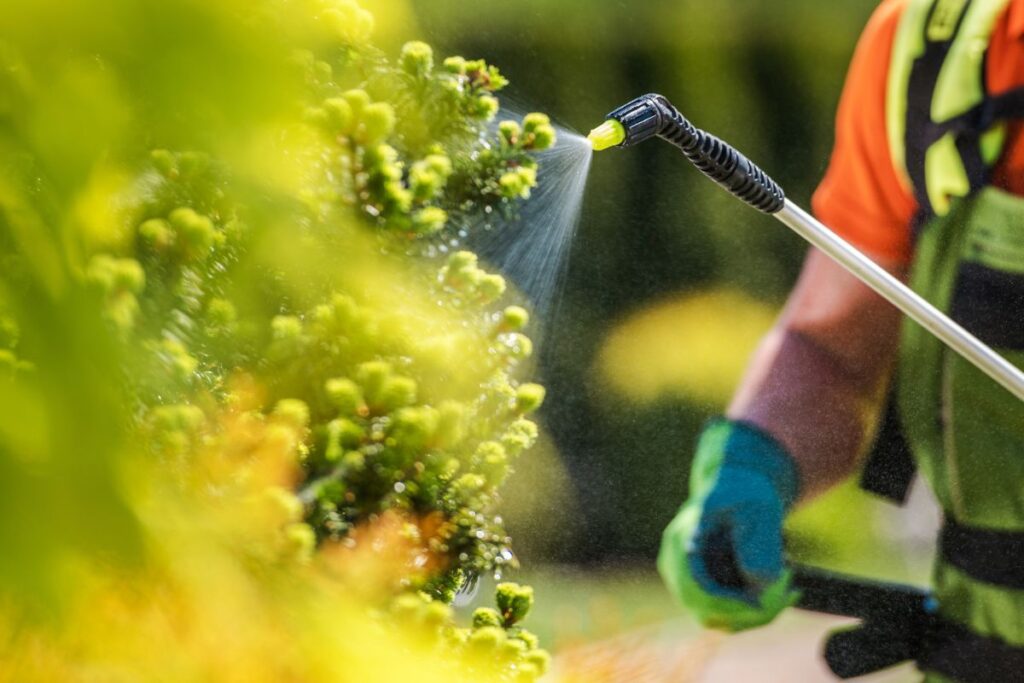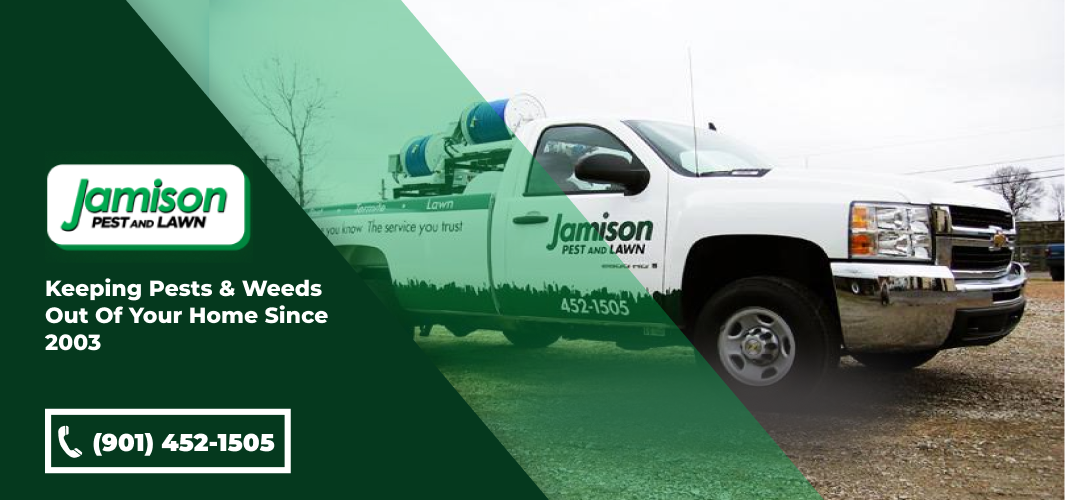If you’ve been struggling with poor lawn drainage, stunted grass growth, or compact soil, you’re not alone. These are some of the most common issues that can keep your lawn from thriving.
Everyone likes to see their lawn green and healthy, but over time, there might be conditions outside of your control that cause the soil to become compact because it didn’t get enough nutrients. This is where aeration is helpful.
Traditionally, aeration was done with the help of an aerator that physically removed plugs of soil. This is how lawn aeration was done for years, but now, there’s a modern, low-effort solution gaining attention among lawn care professionals and DIYers alike: liquid aeration.
Liquid aeration is a spray-on treatment that breaks down compact soil on a molecular level.
Let’s break down what liquid aeration is, how it works, its pros and cons, and how it compares to traditional methods so you can make the best choice for your lawn.
What Is Liquid Aeration?

Liquid aeration is a soil conditioning process that helps you improve the water and moisture retention in your backyard by loosening compact soil with a specially formulated, sprayable solution. Instead of punching holes into the lawn like core aeration, liquid aeration works by creating microscopic pores in the soil, enhancing air and moisture movement deep into the root zone.
Though it does take time, aeration is particularly effective for mildly to moderately compacted soil, making it a convenient maintenance option for lawns that don’t need the heavy-duty treatment of mechanical aeration.
Also Read: Lawn Aeration 101, When, Why & How
How Does Liquid Aeration Work?
Liquid aeration is done with the help of solutions that need to be sprayed on the lawn. These products typically contain several ingredients, both natural and chemical. However, most of the top aerators are likely to include the likes of ammonium lauryl sulfate, yucca extract, humic acid, and other organic compounds. These components act as wetting agents and bio-stimulants:
- Wetting agents reduce soil surface tension, allowing water and nutrients to penetrate more deeply.
- Humic and fulvic acids improve soil structure and stimulate microbial activity.
- Plant-based ingredients like kelp and compost extracts promote root growth and help decompose thatch layers.
When applied properly, these solutions penetrate 8 to 12 inches into the soil. This is far deeper than what you usually achieve with the traditional aeration method. This depth can make a significant difference if your lawn suffers from poor drainage caused by subsurface compaction or shallow root systems.
Why Does Soil Compaction Hurt Lawn Drainage?
Compacted soil is one of the biggest obstacles to a healthy lawn. Over time, foot traffic, rainfall, and lawn equipment press soil particles tightly together. This reduces the empty space between soil particles where air and water would normally flow.
When water can’t drain properly, it pools on the surface or runs off instead of soaking into the root zone. As a result, grassroots suffocate, growing more shallow and weak. You’ll notice signs like:
- Water puddling after rain
- Spongy or hard soil texture
- Patchy, thin grass
- Increased weeds or moss growth
Liquid aeration can take care of these issues and offer several other benefits, which we cover in the next section.
Benefits of Liquid Aeration
Liquid aeration isn’t just about convenience, it provides a range of benefits that can make a real difference in your lawn’s health and drainage performance.
Here’s a closer look at what you gain when you choose this modern approach:
Easy, No-Mess Application
One of the main reasons homeowners and lawn care professionals like us rate liquid aeration highly is because it is easy to apply, yet still effective. This means that instead of renting heavy core aeration machines or hiring a crew to poke holes in your yard, you can simply use a hose-end or pump sprayer to apply the liquid evenly across your lawn. There’s no digging, no soil plugs left behind, and no disruption to your lawn’s appearance. That makes it ideal if you want to improve your lawn’s condition while keeping things low-impact and hassle-free.
Deeper Soil Penetration for Better Drainage
As we covered in the definition, liquid aeration solutions often reach deeper into the soil than mechanical aeration, sometimes by up to 12 inches. With plug aerators (core aeration) you only get about 3 to 4 inches of soil penetration. This deeper penetration allows for greater movement of water, nutrients, and oxygen through the soil layers. If your Mississippi lawn struggles with standing water or poor drainage, this feature alone can make a significant impact. Over time, improved flow at those lower levels supports stronger root systems and creates a lawn that’s more resilient during heavy rain or drought conditions.
Breaks Down Thatch and Improves Soil Structure
Liquid aeration doesn’t just open up the soil. It actively works to improve it. Many liquid aerators include organic compounds like humic acid, fulvic acid, or kelp, which stimulate microbial activity. These beneficial microbes break down thatch (the dead grass and organic debris between the soil and the living grass), reducing its thickness and allowing roots to breathe.
As these bio-stimulants work over time, your soil becomes looser, porous, and better able to support healthy turf growth, all without disturbing the lawn’s surface.
Reaches Areas Core Aeration Can’t
If you’ve got narrow strips of lawn, tight corners, or areas with landscaping obstacles like tree roots, garden beds, or hardscapes, getting a mechanical aerator into those spaces can be impossible. Liquid aeration solves that problem. Since you’re applying it through a sprayer, you can reach every square inch of your property without maneuvering heavy equipment around.
Long-Lasting Soil Conditioning Effects
While core aeration delivers a fast, visible impact, liquid aeration builds value over time. The biological and chemical processes set in motion by these treatments continue well after application. As the soil becomes loose and the organic ingredients break down the areas that are compact, the improvements accumulate gradually. That means with consistent seasonal applications, you’ll see a steady, sustainable increase in soil health
Liquid Aerator Limitations to Keep in Mind
While liquid aeration offers a number of advantages, it’s not a one-size-fits-all solution. To get the best results, you need to understand when it works, and when it might fall short.
Slow Results
If you’re expecting immediate changes, you may be disappointed. Liquid aeration takes 45 to 60 days to show visible results. It works gradually by enhancing biological activity and breaking down soil structure over time.
Not Ideal for Heavy Compaction
Lawns with major compaction, especially those built on clay-heavy soil or subjected to frequent foot traffic, may not respond adequately to liquid aeration alone. In these cases, core aeration or a combined approach is more effective.
Limited Scientific Validation
Although field experience supports its use, there’s still limited academic research confirming the effectiveness of liquid aeration compared to mechanical methods. That doesn’t mean it doesn’t work, it just means most of the evidence is observational or anecdotal.
Also Read: Seasonal Maintenance Guide For Your Lawn
Is Liquid Aeration Right for Your Lawn?
Liquid aeration is a modern, convenient solution for improving lawn drainage and promoting healthier soil. This is especially necessary for homeowners in Mississippi looking to avoid the mess and effort of traditional core aeration.
However, hard compact soil needs professional intervention, and we’re just the right team for the job. At Jamison Pest and Lawn, we excel at lawn aeration services and are ready to help you find the solutions to keep your lawn and home looking great. Contact us today at (901) 452-1505 to schedule a soil assessment and create a custom aeration plan for a greener, healthier lawn.




